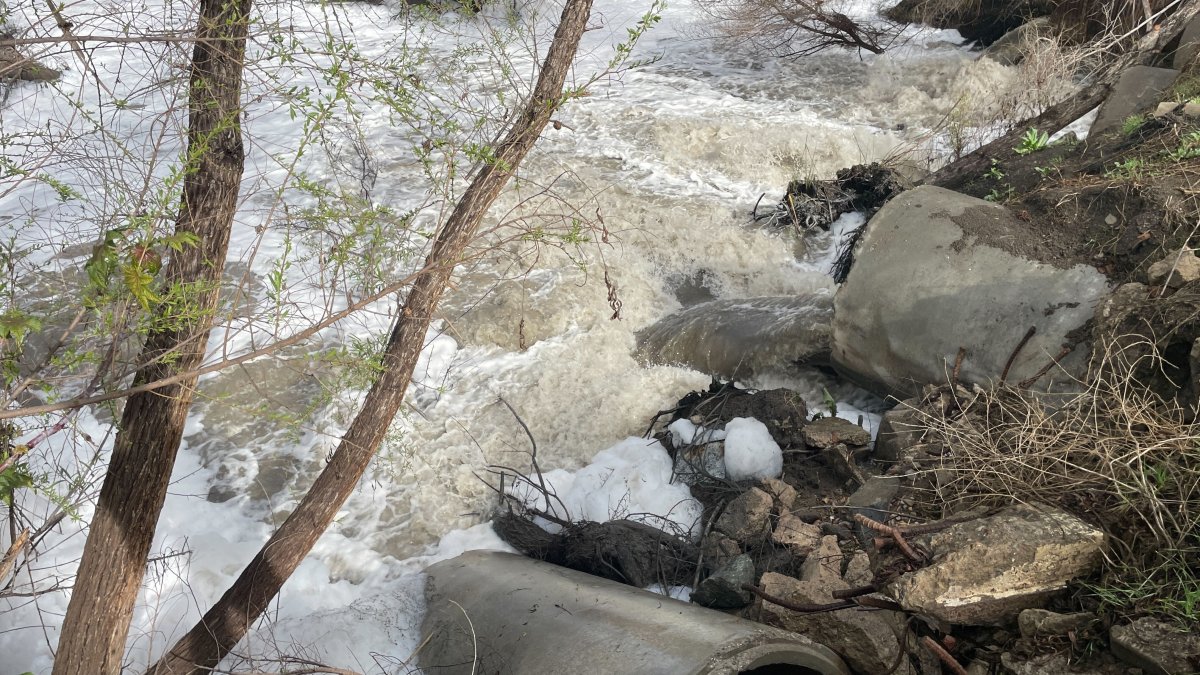Stench Alert: Tijuana River's Odor Crisis Sparks Health Warnings for Local Residents

Hydrogen Sulfide Levels Spike Near Tijuana River, County Warns Residents
San Diego County residents are on alert after the Air Pollution Control District detected unusually high levels of hydrogen sulfide emanating from the Tijuana River area. The unexpected surge in toxic gas readings has prompted local authorities to issue guidance and warnings to the community.
Environmental officials reported that the increased odors over the past day are likely connected to ongoing sewage infrastructure improvements by the International Boundary and Water Commission. The elevated hydrogen sulfide levels could potentially pose health risks and create unpleasant atmospheric conditions for nearby residents.
County representatives are advising local communities to stay informed, monitor air quality updates, and take necessary precautions if they experience strong, unusual odors or respiratory discomfort.
Residents are encouraged to:
- Stay informed about local air quality reports
- Keep windows closed during peak odor times
- Contact local health authorities if experiencing respiratory issues
